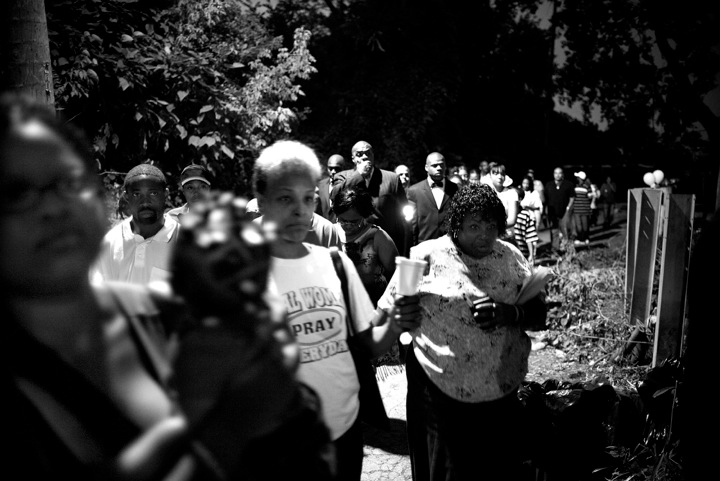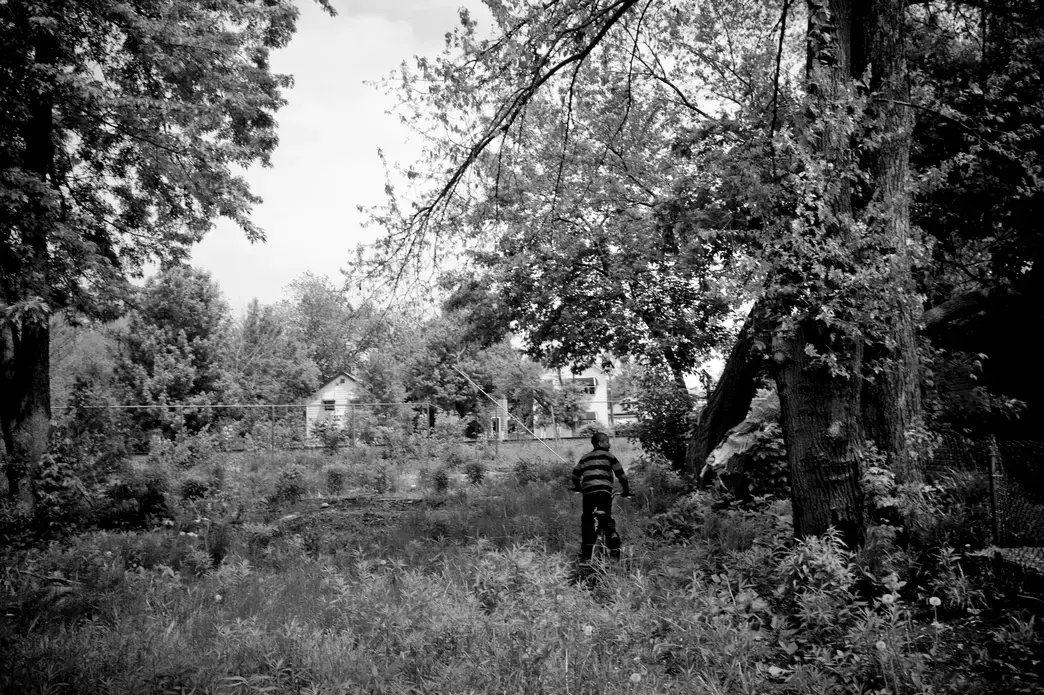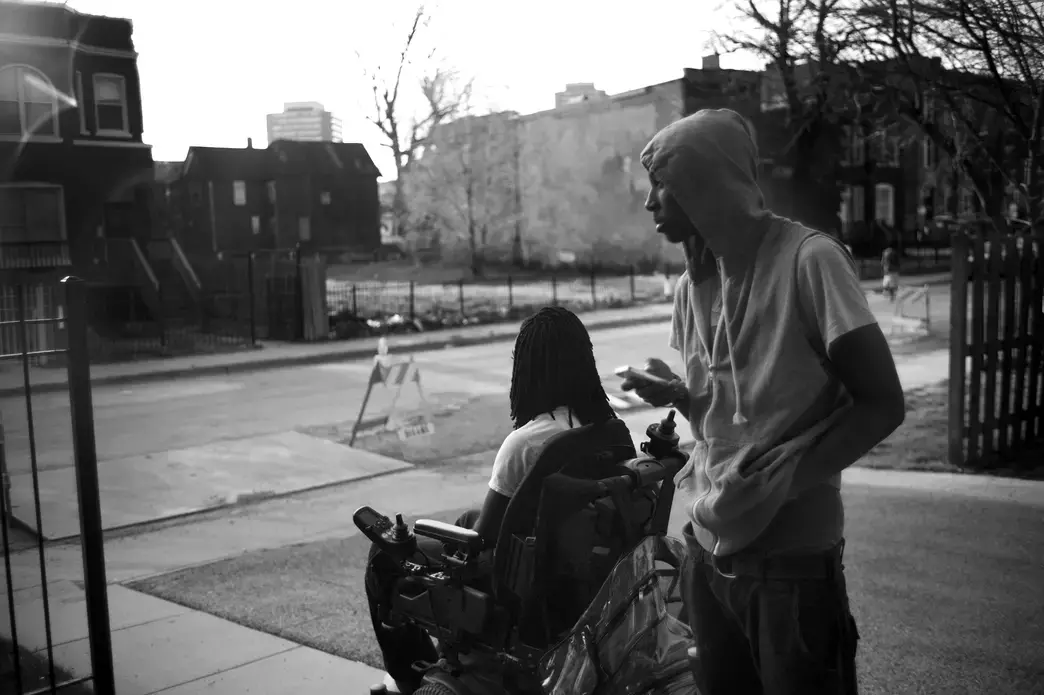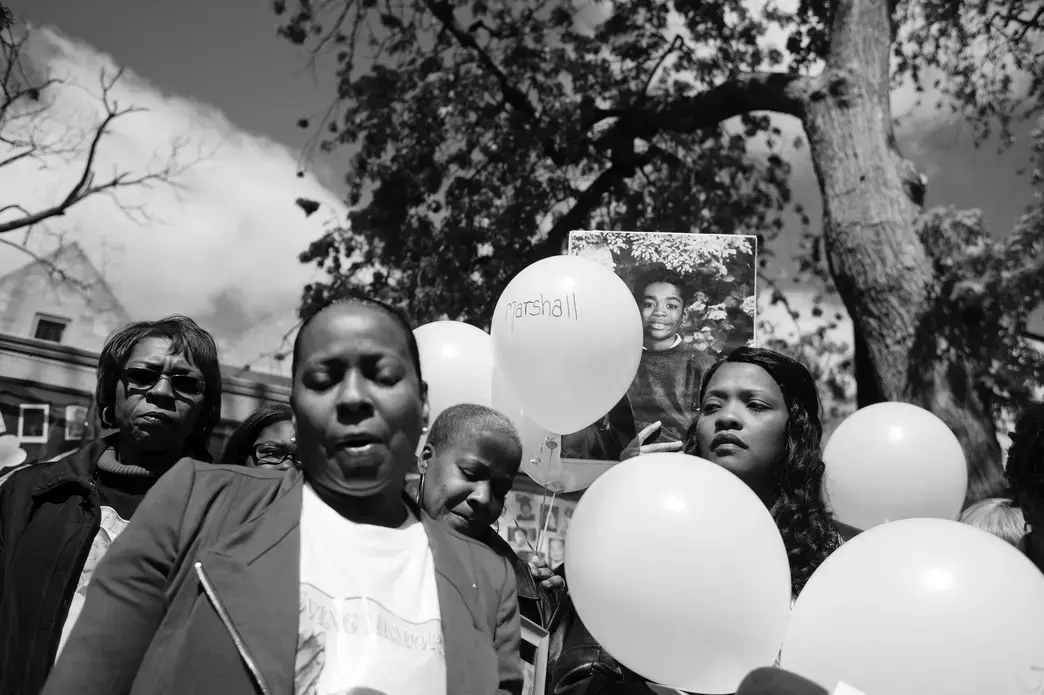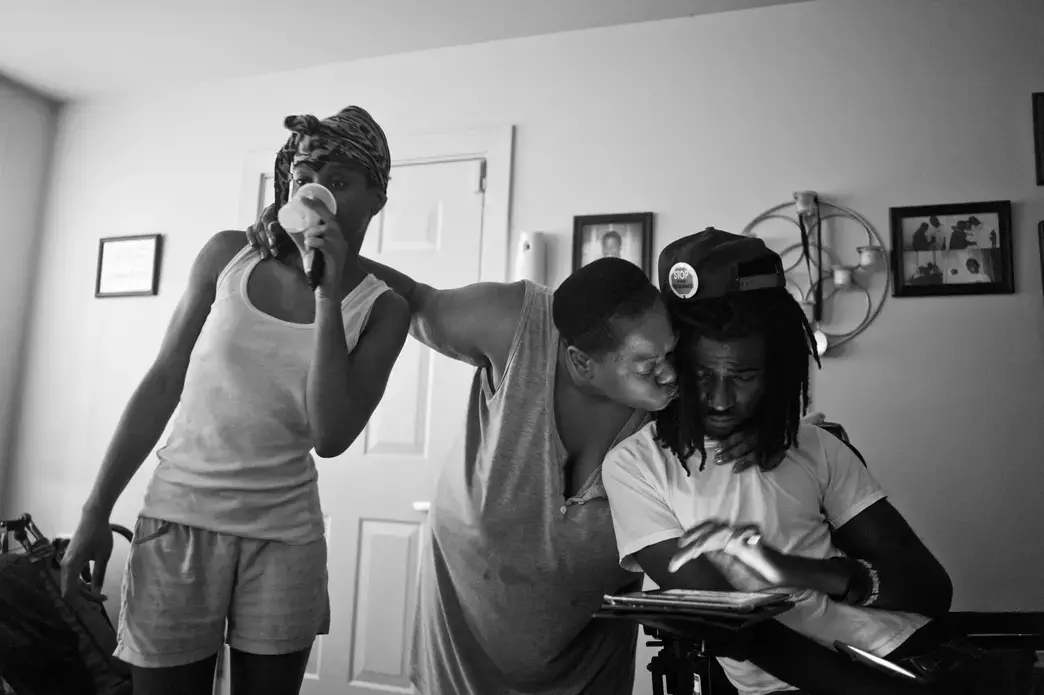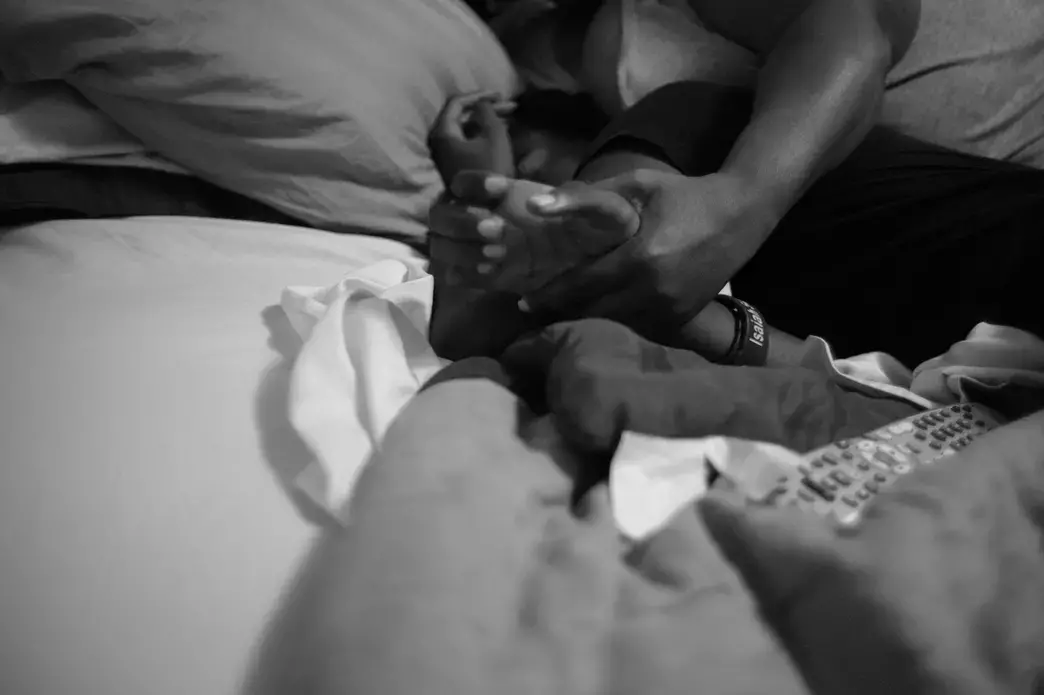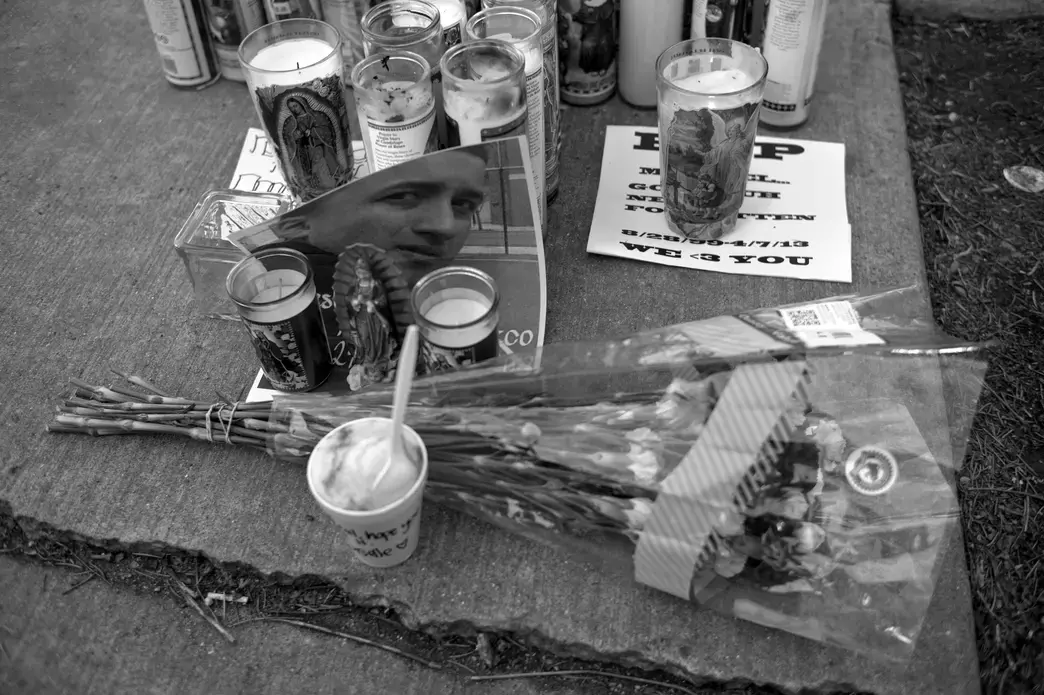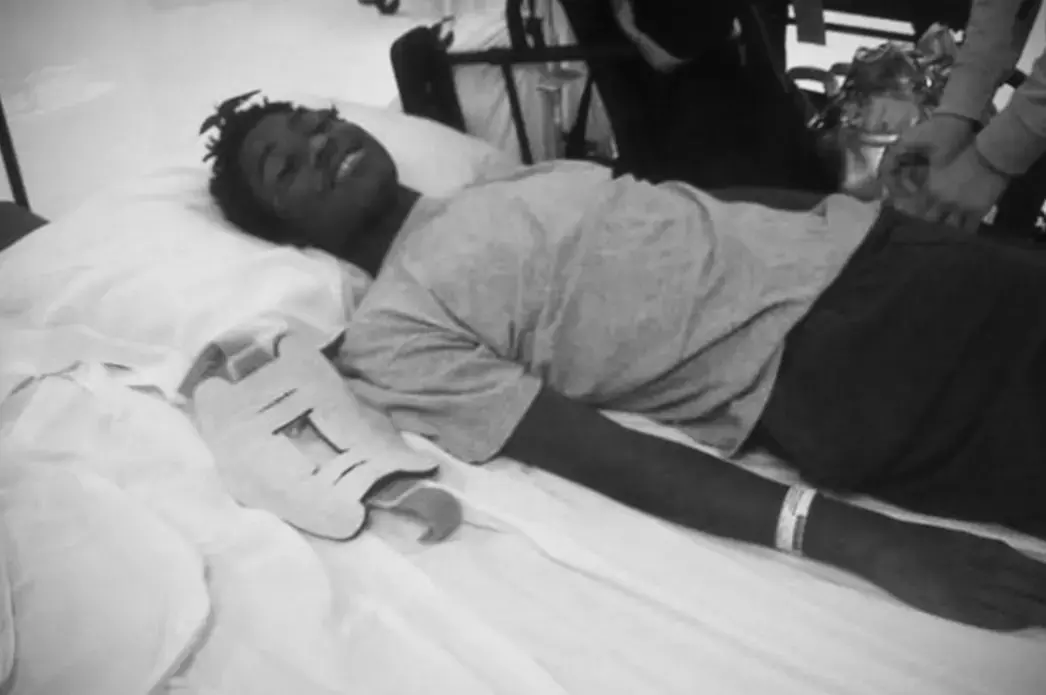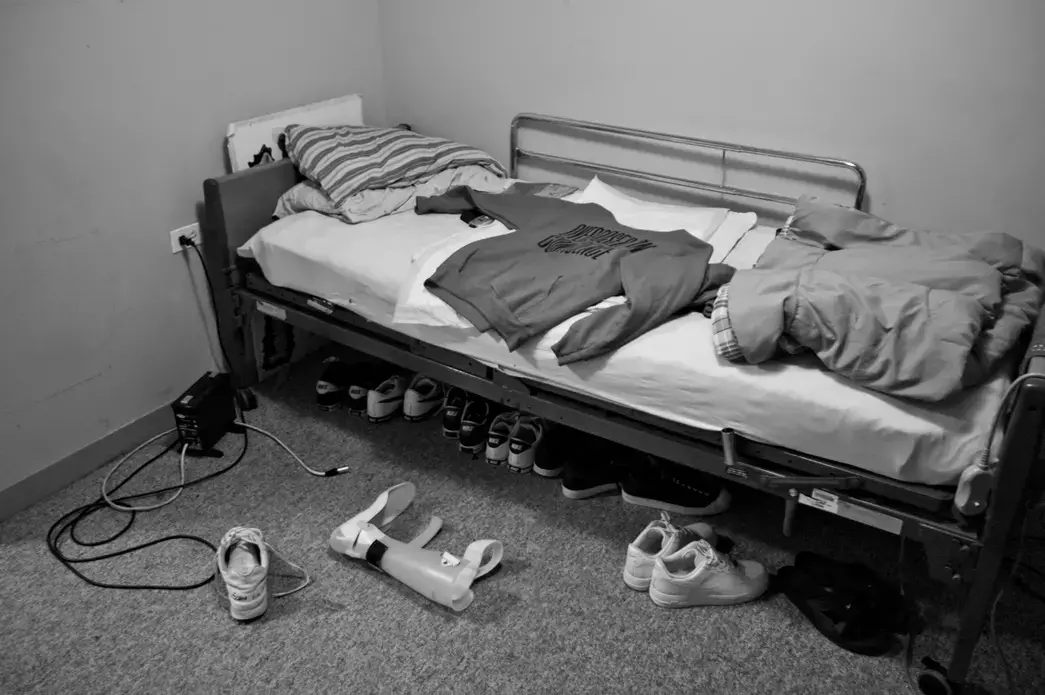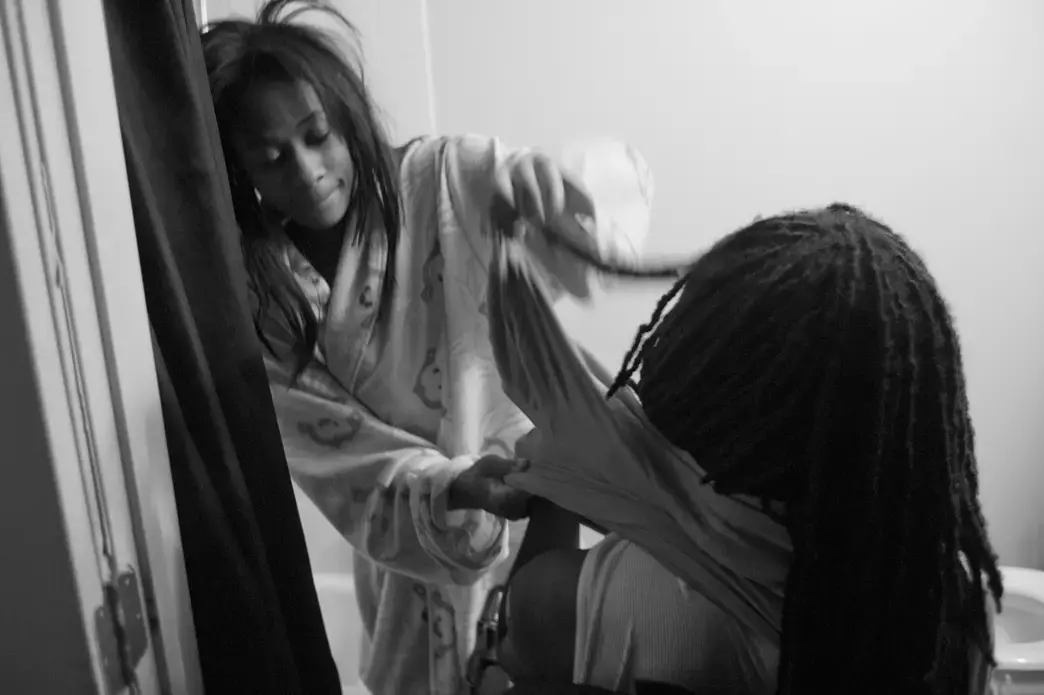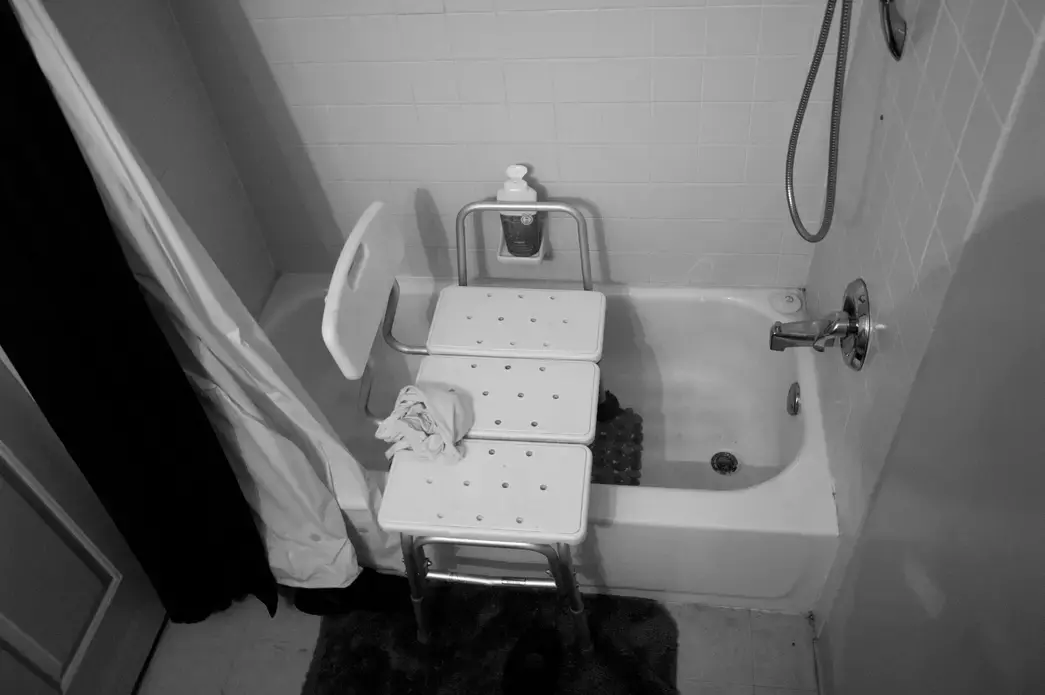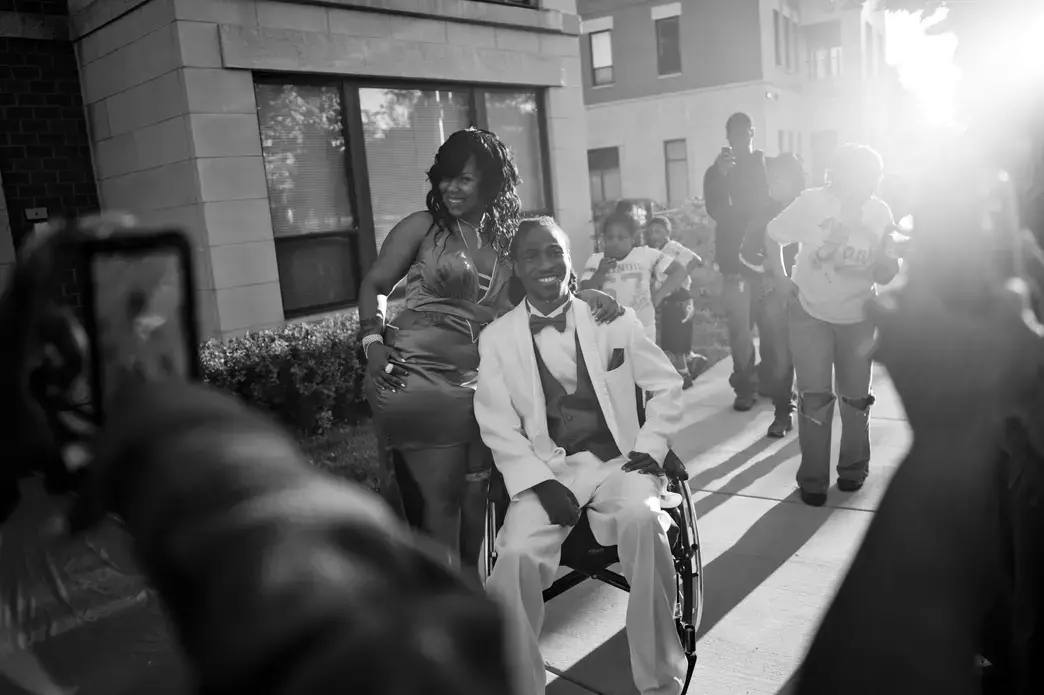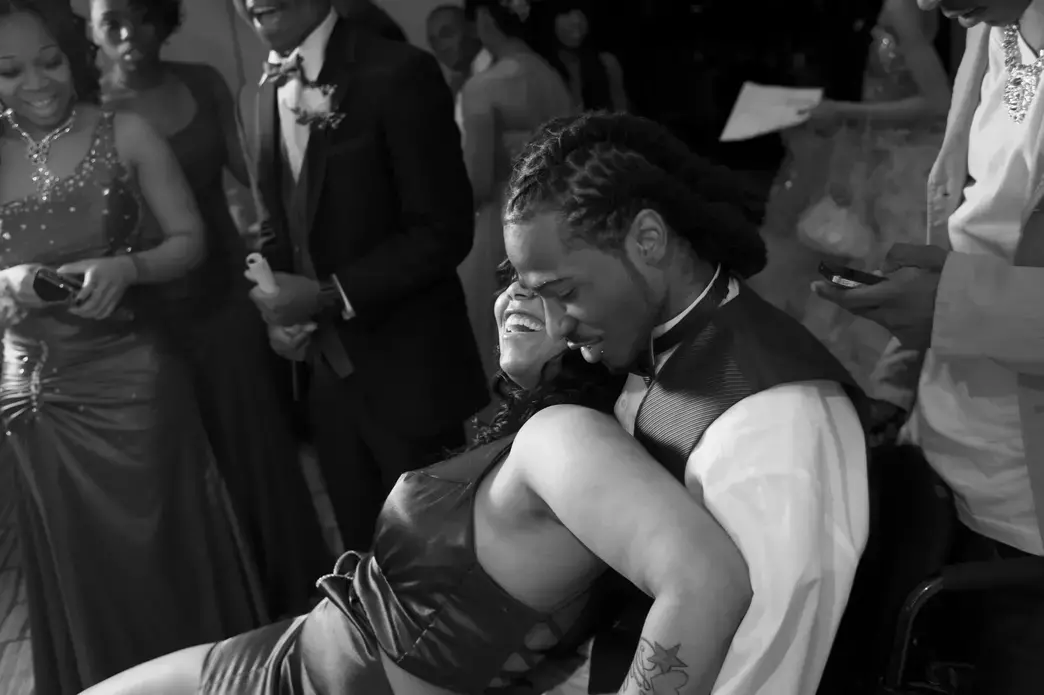In many Chicago neighborhoods, violence, poverty and a lack of community resources are as commonplace as the tune of an ice cream truck in a hot midwestern summer. Although American tragedies like the mass shootings at Sandyhook Elementary School in Newtown, Conn. or the movie theater in Aurora, Colo. permeate our collective imaginations, the slow burn of decades of economic and social disinvestment in Chicago neighborhoods like Englewood and Austin are harder to grasp. Perhaps it is the fact that in many American cities, injuries and deaths from gun violence occur on such a consistent basis that people become inured to the consistent traumas and losses.
According to the Chicago Police Department, 238 people under 25 years of age were murdered in 2012 in Chicago (Chicago Redeye, 2012). In fact, since 2008, more than 530 people under the age of 21 have been killed in Chicago—more than any other American city. However, many more people were wounded by gunfire. Although shootings are difficult to estimate due to variation in reporting to the Chicago Police Department, estimates indicate at least 890 people under 25 were injured in gun-related incidents in 2012. For example, as summer officially began, the weekend of June 21, 2013, 14 people were wounded, some critically, and one 20-year-old man died. In fact, at least 16 young people under 25 years of age die as a result of gun violence in the United States everyday, making it the second leading cause of death. For black youths between 10 and 24 nationwide, homicide is the leading cause of death. It is the second leading cause of death for Latino youth. For many young people, surviving the short but deadly summer season is a miracle.
Although too many young people in Chicago are lost to violence, those who survive a serious injury are also left with physical and psychological wounds that often go unnoticed. Ondelee Perteet was only 14 years old when a 15-year-old boy shot him in the jaw after a disagreement erupted at a party in September 2009. Robert Sansberry, the boy who shot Ondelee, was asked to leave the party after the two had an argument. He later returned with a firearm and opened fire on the crowd, striking Ondelee in the chin. Although he survived, the bullet severed his spinal cord, rendering him a quadriplegic. In contrast to the dominant narrative that suggests black and Latino youth are injured as a direct result of their gang involvement, Ondelee was not involved in a gang. His easy demeanor, movie-star smile and prowess on the high school swim team helped him avoid the lure of the streets. In spite of his effort to gravitate toward positive activities, his life was changed in an instant when the bullet penetrated his spine.
Told he would never walk again, Ondelee, now 18 years old, and his mother, Detreena Perteet, 46, are a testament to perseverance and struggle; despite their deep physical and emotional pain, their daily lives are characterized by laughter and an almost heartbreakingly intimate bond between mother and son. Ondelee struggled through a brutal hospital recovery and years of rehabilitation, which enabled him to regain limited use of his left hand. Remarkably, he has also been able to stand and walk several steps with the aid of a harness. Although Ondelee and his family know that, having survived such a severe injury, he is among the lucky ones, navigating the world as young black man in a wheelchair is a difficult journey.
When Ondelee was shot during Labor Day weekend 2009, Detreena's life was irrevocably altered. Having grown up on Chicago's bleak Westside, she was no stranger to violence and lack of opportunity. But Detreena, like her son, is a magnetic, bright, determined person who enjoyed working full-time at a janitorial services company. Since 2009, Detreena has been Ondelee's full-time caregiver, including accompanying him to school each day. While Ondelee endures the physical and emotional pain of being a young man confined to a wheelchair, his mother grieves for what could have been. Detreena cannot work outside the home, and she must find a way to support her family on less than the $700 a month in disability payments she receives from the state of Illinois. Detreena has two other teenage children to care for as well.
"I didn't have a permanent position yet, but I was well on the way because I was a good worker. I loved my job," she said, noting that she once worked for a week on a seriously injured knee because she didn't want to call in sick. "Now I don't have a job. I don't have a boyfriend. I'm a single mother on call 24 hours a day for him. [Sansberry] turned my life upside down."
Since his injury almost four years ago, Ondelee has developed a quiet determination to use his experience to help others. He has become a motivational speaker, touring Chicago high schools, admonishing other teenagers to avoid the type of meaningless conflict that resulted in his confinement to a wheelchair. He dreams of a career as a rapper and uses rap to express his emotions. "It wasn't easy trying to survive a bullet to the chin," Ondelee rapped to the tune of Lil Wayne beats played off his smartphone. He also recently met Bryan Anderson, an Iraq War veteran and triple amputee, whose determination inspires him.
In spite of Ondelee's fierce determination to live fully, his daily life is painful. Because he is confined to a wheelchair, his body is contracted, and the physical therapy designed to help him walk again contributes to the discomfort. Detreena pushes him to continue his exercises in the hope that doing so will allow him to live more autonomously. "That's your muscles getting stronger," she said. "That's how you'll get to walk and use the restroom alone."
Ondelee snaps back, "You don't know how much it hurts."
Seeing mother and son together, it is impossible to overlook the intensity of their relationship, created by the unthinkable circumstance of Ondelee's injury. On a recent trip to a peace rally held in Chicago's suburbs, Detreena forgot to bring her son's portable urinal. He was visibly frustrated with his mother and embarrassed at the possibility of having to relieve himself in a makeshift urinal like a plastic water bottle. He barked at her that she should have remembered, and she reminded him that he is now 18 years old and should be responsible for it himself. The conflict highlighted the poignancy of Ondelee's situation. He is at once desperate for the independence that comes with growing up and yet painfully aware of his ongoing dependence on his mother to help him with all aspects of life, including bodily functions.
Ondelee and Detreena's story is both hopeful and tragic, but many other Chicago families endure more permanent losses — the deaths of their children. Sheila Rush's son, Damian Turner, was an 18-year-old youth leader in the Southside community of Woodlawn. Woodlawn is adjacent to the affluent neighborhood, Hyde Park, home of the University of Chicago and the president of the United States, Barack Obama. But Woodlawn and Hyde Park bear little resemblance to each other. Woodlawn is one of the poorest, most under-served neighborhoods in Chicago. Turner fought to address some of these problems. He was an anti-violence youth activist who volunteered his time to help people in need. One day in August 2010, Turner was sitting on his porch listening to his iPod, when he was unintentionally struck by a stray bullet from a drive-by shooting. Although Turner was shot two blocks away from one of the most technologically advanced hospitals in the United States, the ambulance was directed to take him to another hospital a full nine miles away. He died almost an hour later. The closest hospital, the University of Chicago Medical Center, had closed its level-one trauma center in 1998, and although the Southside is disproportionately burdened by violence, there are no trauma centers capable of caring for the constant stream of gunshot victims.
Since Turner's death, his mother and the community have taken up his cause. They have staged sit-ins at the University of Chicago to demand the hospital reopen the trauma center. In fact, Rush, Turner's friends, and other community activists were arrested after they stormed the University's new $750 million hospital, which does not include a trauma center. As of this writing, the university insists that a trauma center is cost prohibitive and that they have no plans to develop one. Turner's mother and her fellow activists continue to push for more equitable healthcare resources on the Southside.
In Chicago's most dislocated neighborhoods, violence is endemic. In some areas, children as young as eight report losing a family member, friend or acquaintance to gun violence. For parents, watching the evening news serves as a never-ending reminder of children they have lost to gun violence. Many Chicago parents like Sheila Rush, Ron Holt, Willie Williams, Pam Bosley and others turn their grief into activism, demanding community resources like jobs programs, after-school activities and affordable housing. These parents are often joined by Father Michael Pfleger, a Roman Catholic priest and social activist, who decries the violence and lack of investment in black and Latino communities.
In spite of the groundswell of activism and national and international attention, Chicago remains one of the most violent cities in America. The question remains: Why? Perhaps Chicago's bleak history of racial segregation accounts for the concentration of poverty on the south and west sides. It is certainly true that being poor and black or Latino present significant risk factors for exposure to violence. However, race and poverty alone are insufficient to explain the magnitude and scope of violence. In 2012, there were more Chicago homicides than U.S. casualties in Afghanistan.
In fact, some adolescent males residing in these neighborhoods with failed schools, no grocery stores, multiple liquor stores and no job prospects, refer to Chicago as Chi-raq. Their reference to the Iraq War is no accident. For many Chicagoans, the south- and westside neighborhoods represent a failed state, and residents feel forced to take control of the social order themselves.
Given these conditions, it is not surprising that many youth turn to gangs or become embroiled in petty street crime. For many of them, gangs provide the only structure they know. Children as young as 10 and 11 cycle in and out of Illinois' juvenile detention centers. By the time they are teenagers, they may be incarcerated for long stints in juvenile prisons, where they attend sub-par high schools. Upon their release, they return to failing high schools, and many eventually drop out altogether. In fact, only 63 percent of Chicago public high school students graduate on time.
For students who drop out, legitimate job prospects are almost nonexistent. As a result, joining a gang and selling drugs become lucrative alternatives. For one young man, Deandre Douglas, selling drugs seemed like a viable option at first. Douglas had been in and out of jail and eventually was convicted of felony for drug possession. He fought to recover from his past and eventually found a job as a school crossing guard. He took enormous pride in making sure kids got home from school safely. Unfortunately, Douglas's employer discovered he had a felony conviction, and he was immediately let go. His record as a felon makes obtaining jobs nearly impossible, and Douglas was forced to sell drugs to support himself.
Douglas was only 19 when he was murdered on Saturday, July 10, 2011. His story is emblematic of many young Chicagoans, who have few educational or job prospects. In many local neighborhoods, there are few institutional resources, like quality schools, decent hospitals, healthy food stores or living wage jobs. Interventions to address violence must focus on providing these types of anchors so that young people like Douglas are adequately prepared for the 21st century economy.
For young people like Ondelee, Turner and Douglas, navigating Chicago's urban life is literally a matter of life and death. Many families struggle to provide adequate resources in chronically under-resourced neighborhoods. Their stories do not conform to the dominant discourse that suggests that minorities are all involved in gangs or that gang involvement is the desired or easy choice. Rather, these stories confirm the painstaking efforts families undertake to provide positive alternatives for their children.


